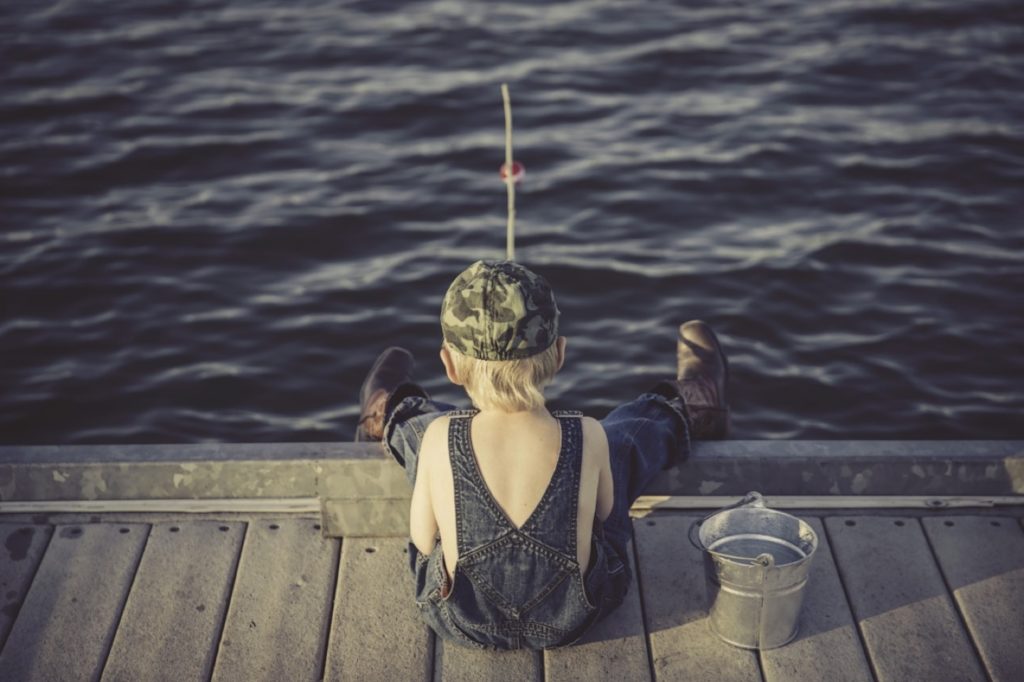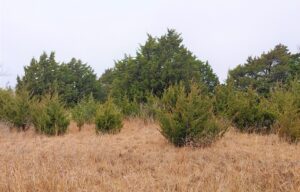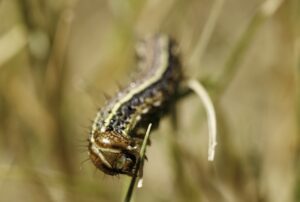Several anglers at Sahoma lake have recently said that there was a problem with an overpopulation of crappie and that they appeared to exhibit stunted growth. One gentleman suggested the lake be stocked with saugeye to eliminate the crappie problem.
Sapulpa Times reached out to Sapulpa Parks and Recreation Director Jody Baker for comments. He said that the Oklahoma Department of Wildlife Conservation was responsible for stocking and was conducting a survey of the fish population in Sahoma. Sapulpa Times contacted the ODWC office at the Jenks Aquarium and spoke to Fisheries Biologist Chris Whisenhunt.
Whisenhunt explained that since the lake had been low for two years while dam repairs were made, ODWC was “reassessing” the entire lake. This year they have done what is called “electrofishing” (non-lethal—current is applied through a large probe to stun the fish). NOTE: It is highly illegal for anglers to do this to catch fish.
Whisenhunt said they were looking at the health of black bass and found a robust population. There were several areas where large channel cats were observed during this process.
He stated that last fall they “gillnetted” (a gillnet is a vertical panel of netting that hangs from a line with regularly spaced floaters), and that this fall they are going to “trap-net” (similar to a lobster trap) it for crappie. “Crappie have been historically stunted on that lake. In our gillnets we have seen a whole bunch of 5-inch crappie.” Whisenhunt said they “are trying to determine if it is a stunted population and hope by winter to analyze the results of the fall trap survey net to find out if this is the case.”
“What we will do is trap a bunch of crappies—and we will have to sacrifice them—we will pull what is called the ‘otolith,’ which is a bone that is basically inside the head of the fish. It grows like rings on a tree. In fisheries, it is the most reliable structure for aging a fish. During periods of fast growth, there are very few rings, during slow growth, we will see what looks like a solid ring. By counting those rings, we can tell how old the fish is. We will take the age versus length to determine if those fish are stunted or if the lake is up and they have spawning ability and we have a ‘year class’ of fish. Maybe they aren’t stunted yet, but they might [be].”
When asked about the possibility of stocking with saugeye to mitigate a crappie overpopulation, Whisenhunt said that several years ago ODWC stocked the lake with stripers, but they found out that the stripers ate the shad, not the crappie. He said they would not use saugeye, which is a hybrid species that is a cross between a walleye found in Western Oklahoma and a sauger, found in the Arkansas River. It is, however, a possibility that ODWC might stock the lake with sauger, since they are a native species.
Whisenhunt said they “don’t know any answers yet.” The ODWC is simply trying to see what has happened to the lake since it was down for a couple of years and now is “back up,” and what they can do to improve it.











